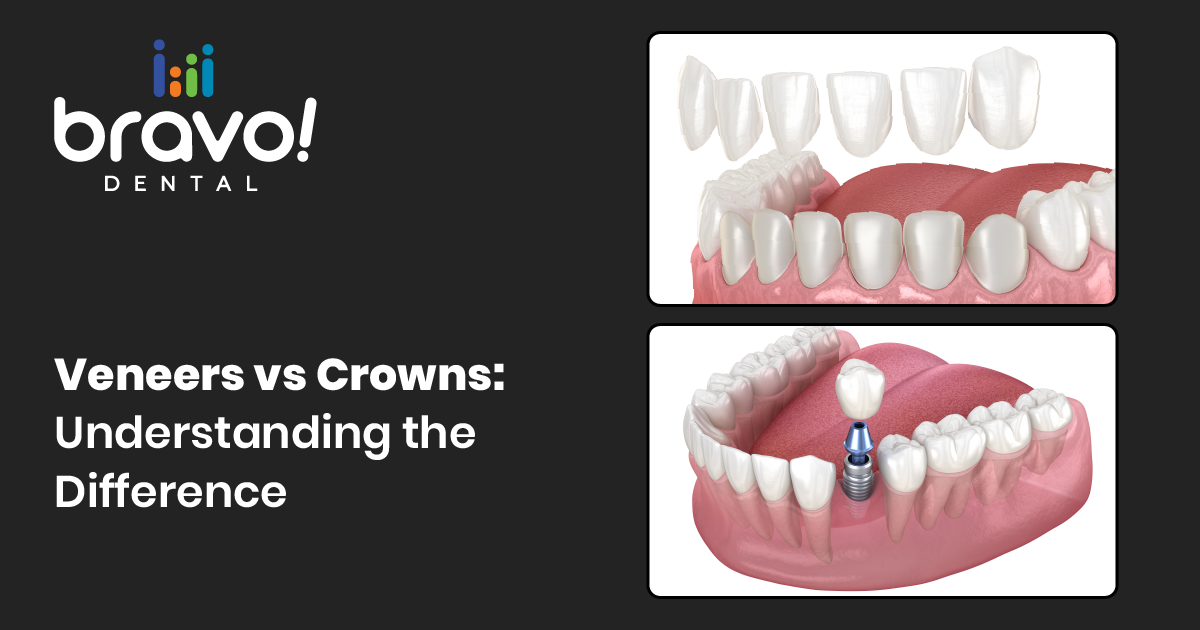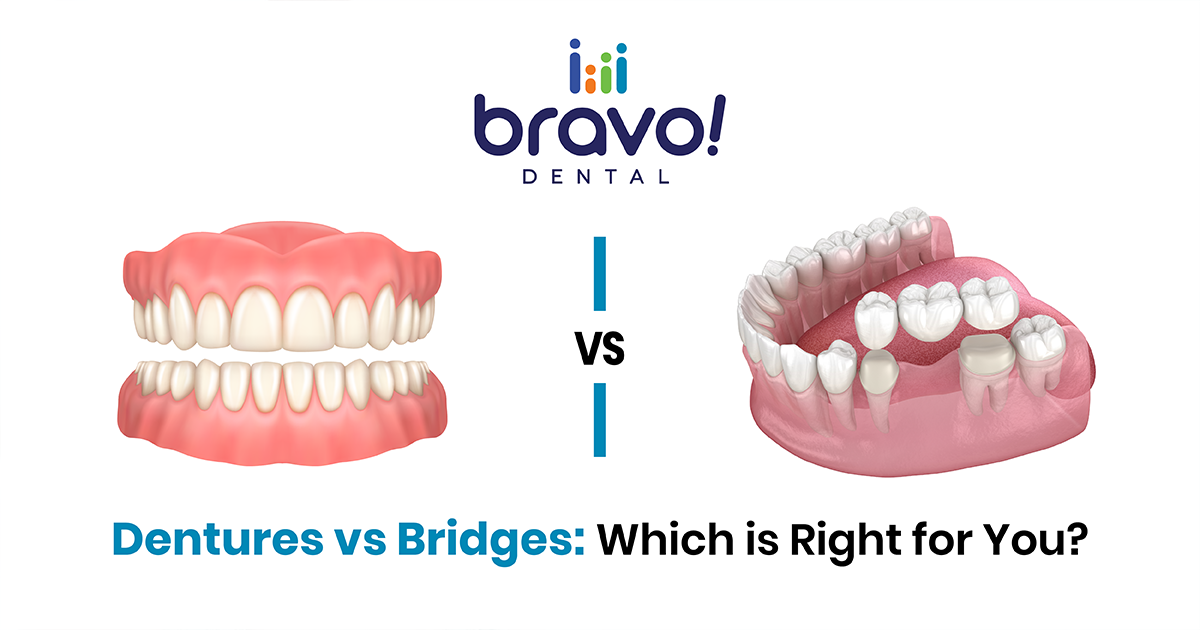
When it comes to cosmetic dentistry, two of the most popular procedures are veneers and crowns. Both are designed to improve the appearance of your teeth, but they serve different purposes and have distinct characteristics.
What are Veneers?
Veneers are thin, custom-made shells bonded to your teeth’ front surface. They are typically made of porcelain or composite resin materials.
Pros:
- Ideal for improving the aesthetics of teeth affected by discoloration, minor chips, or gaps.
- Minimal tooth preparation preserves more of the natural tooth structure.
- Stain-resistant properties ensure long-lasting brightness.
- Helps with misshapen or irregularly shaped teeth.
- Quick and simple procedure compared to crowns.
Cons:
- Not suitable for teeth with extensive damage or decay.
- Less durable than crowns and more prone to chipping or cracking.
- Cannot correct underlying structural issues of the tooth.
What are Crowns?
Crowns, also known as caps, are tooth-shaped coverings that encase the entire visible portion of a tooth. They are typically made of porcelain, ceramic, or metal alloys.
Pros:
- Provide significant structural reinforcement to weakened, cracked, or damaged teeth.
- Restores a tooth after a root canal procedure.
- Covers a severely discolored or misshapen tooth.
- Suitable for addressing more extensive tooth damage, such as large cavities or fractures.
- Offer versatility in materials, allowing for customization based on functional and aesthetic needs.
- Long-lasting solution with proper care and maintenance.
Cons:
- Require more tooth preparation, which may result in more natural tooth structure loss.
- Longer and more procedures compared to veneers.
- Metal crowns may not be as aesthetically pleasing as porcelain ones, especially for front teeth.
The Procedure: What to Expect
Veneers:
- The process usually involves removing a small amount of enamel from the tooth’s front surface.
- Impressions or digital scans are taken to create the custom veneers.
- Once the veneers are ready, they are bonded to the prepared teeth using dental cement.
Crowns:
- The procedure typically requires more tooth structure removal to accommodate the crown.
- Impressions or digital scans are taken to create the custom crown.
- The tooth is prepared, and a temporary crown may be placed while the permanent one is fabricated.
- The permanent crown is cemented or bonded onto the prepared tooth on the next visit.
Durability and Longevity
Veneers are generally thinner and less resistant to wear, and tear compared to crowns. With proper care and maintenance, veneers can last up to 10-15 years.
Crowns are more durable and can withstand greater biting forces. Well-maintained crowns can last for 15-20 years or even longer.
Cost Considerations
Veneers are typically less expensive than crowns, requiring less tooth preparation and material. The cost of veneers or crowns can vary depending on the material used, the complexity of the procedure, and your condition.
Conclusion
Whether you choose veneers or crowns, consulting qualified dentists like Bravo! Dental experts are essential to determine the most suitable treatment option based on individual needs and circumstances. Veneers or crowns can significantly improve the appearance and function of teeth, restoring confidence in one’s smile. Make the right dental choice!
happy to hear from you, contact us
Fill out the contact form below and Feel free to send any question or query.




